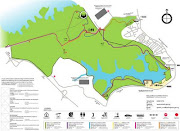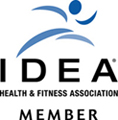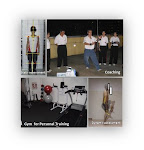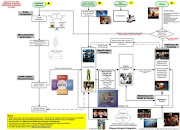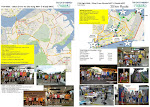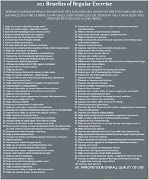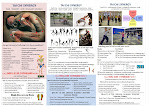
Regular Tai Chi exercise can improve physical function and reduce pain in patients over age 65 with knee osteoarthritis (OA), a study has found.
“Tai Chi is a mind-body approach that appears to be an applicable treatment for older adults with knee OA,” said lead author, Dr. Chenchen Wang.
Compared to a control group, individuals practicing the traditional martial art of Tai Chi showed a significant reduction in knee pain, recording a 118.80 mm drop in pain from baseline using the Western Ontario and McMaster Universities Osteoarthritis Index (WOMAC) pain scale (P=0.0005). Improvements were also seen in physical function, self-efficacy, depression and health status for knee OA. [Arthritis Rheum 2009;61(11):1545-53]
“These findings are promising because there are few efficacious long-lasting treatments for knee OA,” write the authors.
Participants were randomly assigned to receive 60-minute sessions of either Tai Chi or attention control sessions twice weekly for 12 weeks. Control sessions included wellness education – comprising instruction on diet, nutrition and therapies to treat OA – and stretching exercises.
Overall, the Tai Chi group showed a 75 percent improvement of WOMAC pain over baseline, and a 57 percent improvement compared to the control group. A further 72 percent increase in WOMAC function over baseline was also observed in Tai Chi-practicing participants, equating to a 46 percent improvement compared with control individuals.
Moreover, according to the authors, the “significant benefits” observed in measurements of depression and self-efficacy appear to be “durable for participants who continued to practice Tai Chi beyond the 12-week intervention period.”
Physical therapy such as aerobic and muscle strengthening exercises are already recommended as core treatments for knee OA. The appeal of Tai Chi, however, lies in the embodiment of a mental element in addition to its physical component. This lends a complete mind-body approach to managing knee OA, which can potentially influence the patient’s psychological well-being, health perceptions and life satisfaction, suggest the authors.
As to exactly how Tai Chi exerts its effects on knee OA, the researchers refer to theories cited in both Eastern and Western literature. Physically, Tai Chi appears to improve muscle strength, balance, coordination and physical function as well as offering cardiovascular benefits. Furthermore, its mind-body component has also been suggested to impact immune, endocrine, neurochemical and autonomic functioning, while the controlled breathing and movement “promote a restful state and mental tranquility,” write the authors. “These influences may help break the arthritis pain cycle,” they add.
The benefits of Tai Chi for knee OA have been documented previously in a small number of studies and randomized clinical trials. However, due to methodological and adherence limitations, the evidence has so far been somewhat inconclusive. [Clin Rhematol 2008;27:211-8; Arthritis Rheum 2007;57:407-14]
Although only a small study – just 40 patients were enrolled – lead researcher Wang said that the findings of their prospective, single-blind, randomized, controlled trial “emphasize a need to further evaluate the biologic mechanisms and approaches of Tai Chi to extend its benefits to a broader population.”
References
Alger, L. Tai Chi for OA knee pain. Medical Tribune. Retrieved from http://www.mims.com/Page.aspx?menuid=RecentHL&RecentHeaderID=430&HT=74d87bda53b83a03b5bd55f019b64e8b&utm_source=MimsCom+MailingList&utm_medium=email&utm_campaign=MimsCom+ENews+SG+Dec+09+(1)
.jpg)






.jpg)


.jpg)









